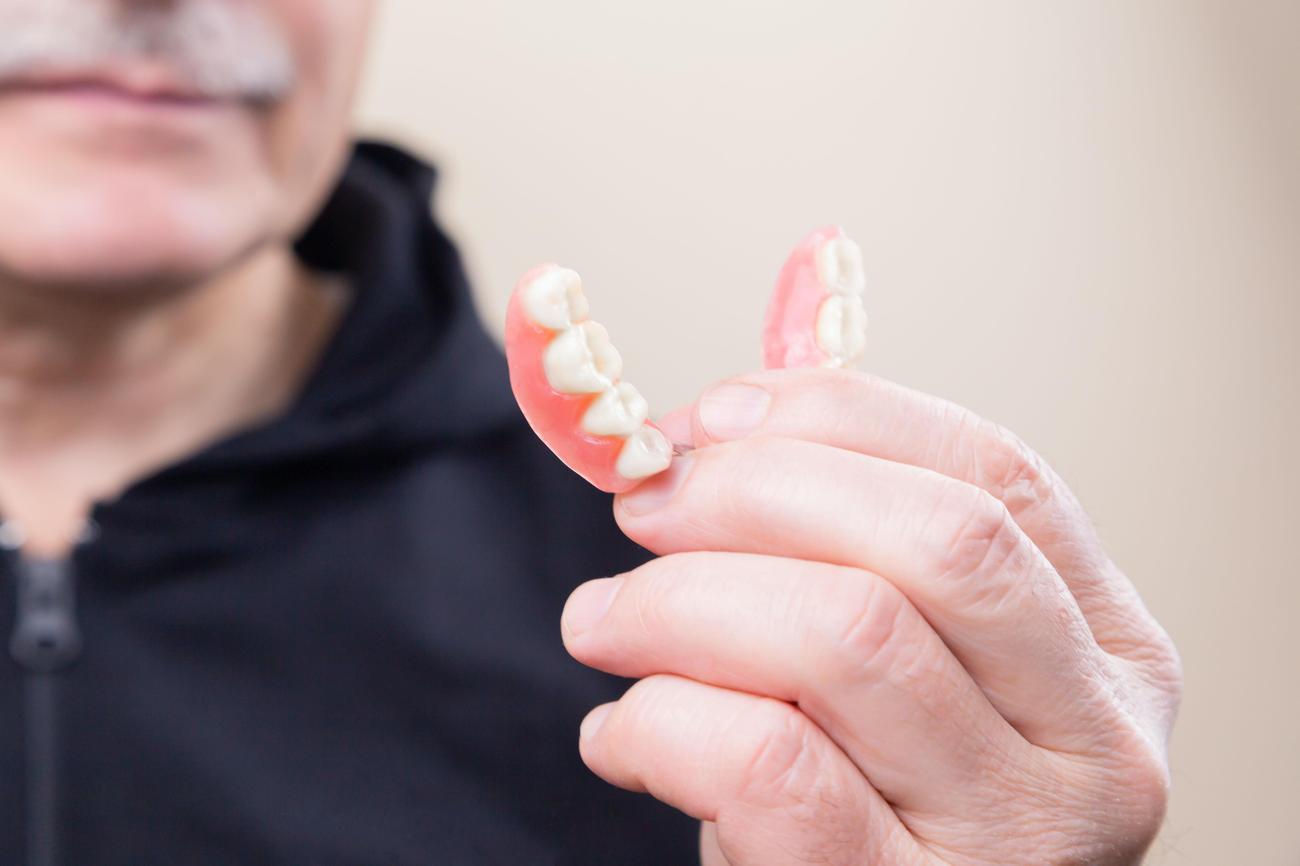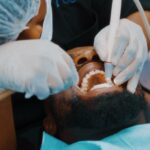Are you considering orthodontic treatment to achieve a perfectly aligned smile? Look no further – in this article, we will delve into the fascinating world of orthodontics and explore the different types of braces available. Whether you’re familiar with traditional braces or intrigued by the latest advancements in clear aligners, we’ve got you covered. With my extensive experience as a seasoned orthodontist, I will guide you through the pros and cons of various brace options, empowering you to make an informed decision for your orthodontic journey. So, let’s embark on this exciting exploration and uncover the wonders of different types of braces together.

Different Types of Braces
When it comes to orthodontic treatment, braces have long been the go-to solution for straightening teeth and improving oral health and smile aesthetics. The world of braces offers a variety of options, each with its own set of advantages and disadvantages. In this article, we will dive into the different types of braces available today, exploring their features, benefits, and considerations. So, if you’re curious about your orthodontic options, keep reading to discover which type of braces may be best suited for you.
Metal Braces:
Let’s begin with the classic choice—metal braces. Made of stainless steel brackets and wires, metal braces have been around for a long time, and for good reason. They are highly effective in treating a wide range of orthodontic issues. Metal braces are visible and give a traditional look, making them a popular choice for those who don’t mind a more noticeable orthodontic treatment.
Despite their visibility, metal braces offer several advantages. They are the most affordable option, making them accessible for individuals on a budget. Metal braces are durable and can withstand various forces applied during the tooth movement process. However, it’s important to keep in mind that metal braces require regular adjustments and proper care to maintain their effectiveness.
Metal braces, while noticeable, are the tried-and-true option for achieving a straight smile. Their affordability and durability make them a reliable choice for individuals seeking effective orthodontic treatment.
Ceramic Braces:
If you’re looking for a more discreet option, consider ceramic braces. Similar to metal braces, ceramic braces use brackets and wires to straighten your teeth. However, the difference lies in the material. Ceramic braces feature tooth-colored or clear brackets that blend in with your natural teeth, making them less noticeable.
The top advantage of ceramic braces is their aesthetics. They provide a more subtle appearance, allowing you to undergo orthodontic treatment with confidence. However, it’s important to note that ceramic braces are generally more expensive than their metal counterparts. Additionally, they are slightly more prone to staining and require meticulous oral hygiene to keep them looking their best.
Ceramic braces offer a compromise between effectiveness and aesthetics. Their tooth-colored brackets make them a popular choice for individuals seeking a less noticeable option to straighten their teeth.
Lingual Braces:
Have you ever imagined braces that are practically invisible? Lingual braces make that dream a reality. Unlike traditional braces that are placed on the front of the teeth, lingual braces are hidden on the backside, making them completely invisible from the outside.
The main advantage of lingual braces is their ability to provide a discreet treatment option, allowing you to undergo orthodontic correction without drawing attention. However, it’s important to consider that lingual braces come with their own set of challenges. They can be harder to clean and require some adjustment in your speech. Additionally, the intricacies of their placement mean they can be slightly more expensive compared to other options.
Lingual braces offer a hidden solution for individuals who desire straight teeth without attracting any attention. While they might require extra care and come with a higher price tag, they present a worthwhile option for those seeking a truly invisible orthodontic treatment.
Clear Aligners:
For those seeking a flexible and comfortable orthodontic treatment, clear aligners may be the answer. Companies like Invisalign specialize in producing these virtually invisible, removable plastic trays that fit snugly over your teeth. Clear aligners are a popular choice for adults and individuals with mild to moderate orthodontic issues.
The clear advantage of clear aligners is their removability and virtually invisible appearance. You can easily take them out for eating, brushing, and flossing, making oral hygiene a breeze. Clear aligners offer a more comfortable experience compared to braces, as they don’t have brackets or wires that could potentially poke or irritate your mouth. However, it’s important to note that clear aligners might not be suitable for more complex orthodontic cases and require a high level of discipline to achieve desired results.
Clear aligners provide a convenient and nearly invisible option for individuals seeking a customized orthodontic treatment. They offer the flexibility to remove them when needed while still effectively aligning your teeth.
To determine the best type of braces for you, it’s crucial to consult with a dentist or orthodontist who understands your unique orthodontic needs. They will evaluate your condition, preferences, and budget to provide tailored recommendations.
Braces in any form can significantly improve your oral health, smile aesthetics, and confidence. So don’t hesitate to explore the different types of braces available today. Whether you opt for traditional metal braces, ceramic braces, lingual braces, or clear aligners, remember that each option has its own benefits and considerations. The journey to a straighter smile begins with choosing the braces that best suit your needs.
In the world of braces, there’s a perfect fit for everyone. Explore the different types, weigh the pros and cons, and embark on your orthodontic journey toward a confident smile.
Orthopedic fun facts are a fascinating topic that can intrigue anyone with even a slight interest in the human body. Did you know that the average person takes around 10,000 steps a day, which can add up to millions of steps throughout their lifetime? If you’re wondering what other intriguing facts there are about orthopedics, look no further! Explore our collection of exciting orthopedic fun facts here, and prepare to be amazed by the wonders of the musculoskeletal system. So, go ahead and click the link to delve into the world of orthopedics and discover interesting tidbits that will make you appreciate the complexity of our bones and joints.

FAQ
Q: What are the main types of braces for orthodontic treatment?
A: The main types of braces for orthodontic treatment include metal braces, ceramic braces, lingual braces, and clear aligners.
Q: How do metal braces differ from ceramic braces?
A: Metal braces use stainless steel brackets and wires, while ceramic braces have tooth-colored or clear brackets. Metal braces are more noticeable, while ceramic braces are less visible.
Q: Are lingual braces completely invisible?
A: Lingual braces are placed on the inside of the teeth, making them invisible from the outside. However, they can be more challenging to clean and adjust compared to other types of braces.
Q: How do clear aligners compare to traditional braces?
A: Clear aligners, such as Invisalign, are removable plastic trays that are virtually invisible. They offer a more comfortable and convenient option compared to traditional braces, but may not be suitable for complex orthodontic cases.
Q: How can I determine which type of braces is best for me?
A: The best type of braces for an individual depends on their budget, preferences, and orthodontic needs. It is advisable to consult with a dentist or orthodontist to determine the most suitable option.
















